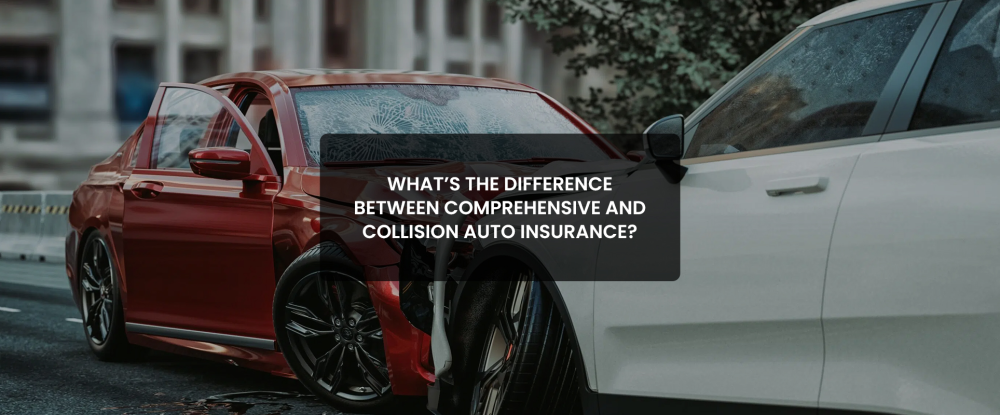
When it comes to protecting your vehicle, not all car insurance is equal. While mandatory liability coverage addresses damage or injury you cause to others, comprehensive and collision insurance protect your own vehicle. They are optional, but if you’re financing or leasing a car, your lender will likely require both. If you're comparing policies from a car insurance company in Canada, make sure to review what’s included in your quote. Some insurers bundle these coverages under “full coverage,” but not all do. Knowing exactly what each policy offers helps you make the right choice for your budget and needs.
Let’s explore what sets these two coverages apart, how they work, and when each one makes sense.
Collision insurance covers damage to your vehicle when it hits another object. This could be another car, a pole, a tree, or even a pothole. If you cause an accident or slide on an icy road and hit a barrier, this is the coverage that applies. Fault usually doesn’t matter for collision claims — you’re covered either way.
Collision coverage only applies to your own vehicle’s repairs or replacement. It won’t help if you damage another car or property — that's what third-party liability insurance covers, and that coverage is mandatory in Canada.
Comprehensive insurance pays for damage that isn’t caused by a crash. This includes natural events, theft, and random incidents outside your control. It covers your vehicle when something unexpected happens, even when you're not driving.
Comprehensive coverage handles many of the unpredictable risks you face just by owning a vehicle — not necessarily from driving it.
| Feature | Collision | Comprehensive |
|---|---|---|
| What it covers | Damage from accidents with other vehicles or objects | Damage from non-collision events like theft or weather |
| Example | You crash into a telephone pole | A wildfire destroys your parked car |
| Is it required by law? | No | No |
| Is it required by lenders? | Often | Often |
| Deductible applies? | Yes | Yes |
| Coverage limit | Actual cash value of the vehicle | Actual cash value of the vehicle |
No. Canadian provinces require liability insurance, accident benefits, and uninsured automobile coverage. Comprehensive and collision coverage are not legally required, but most lenders and lease agreements make them mandatory until you fully own the vehicle.
Once your loan is paid off, you can choose to drop either one. Just make sure you're comfortable with the financial risk of paying out of pocket if your vehicle gets damaged or written off.
Whether you need both depends on the age and value of your vehicle, your location, and your financial situation. Some drivers keep both coverages for peace of mind, while others drop them as their car ages and loses value.
Questions to consider:
Could you afford major repairs or a replacement without insurance?
Is your car still under finance or lease?
Do you park outside or in high-theft areas?
Do you drive on rural roads where animals are a hazard?
Each of these coverages includes a deductible — the portion you’re responsible for paying before your insurance covers the remaining repair costs. A higher deductible usually results in a lower monthly premium but means you'll face higher expenses if you file a claim. On the other hand, a lower deductible increases your premium but reduces your out-of-pocket cost when repairs are needed. You have the option to select different deductible amounts for collision and comprehensive, though many drivers choose to keep them the same for easier budgeting.
In most cases, collision costs are more than comprehensive because accident-related claims are more common and repairs tend to cost more. But the actual price depends on:
Your vehicle’s value and age
Your driving record
Your location
Your chosen deductible
In Canada, “full coverage” usually means a policy that includes:
Mandatory liability insurance
Accident benefits
Uninsured automobile coverage
Collision
Comprehensive
It’s not an official policy type. If your lender or broker says “full coverage,” ask what that includes. Definitions vary, so it’s good to check the details.
If you're unsure which coverage fits your needs, getting in touch with a car insurance broker in Ontario can make all the difference. At Begin Insurance, we work with a range of providers and can tailor options based on your budget, driving habits, and vehicle type. Whether you're leasing, financing, or own your car outright, our team can help you find the right balance of protection. Reach out today and get expert guidance.